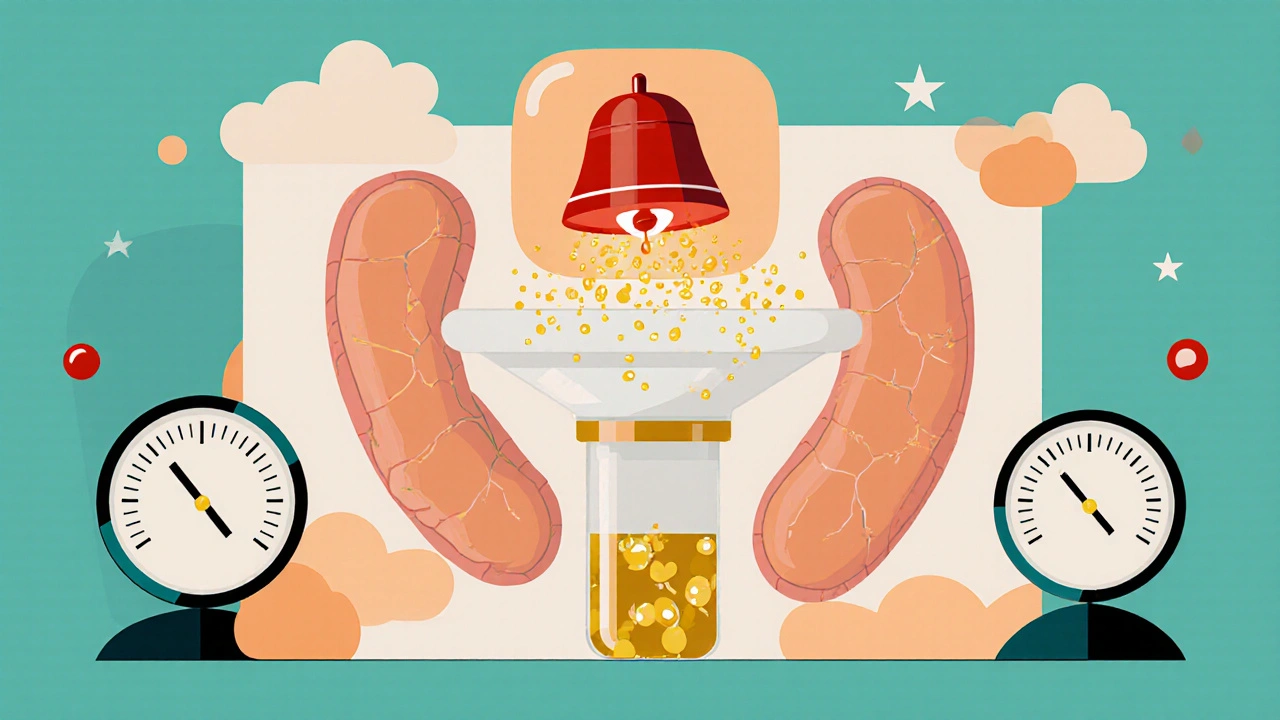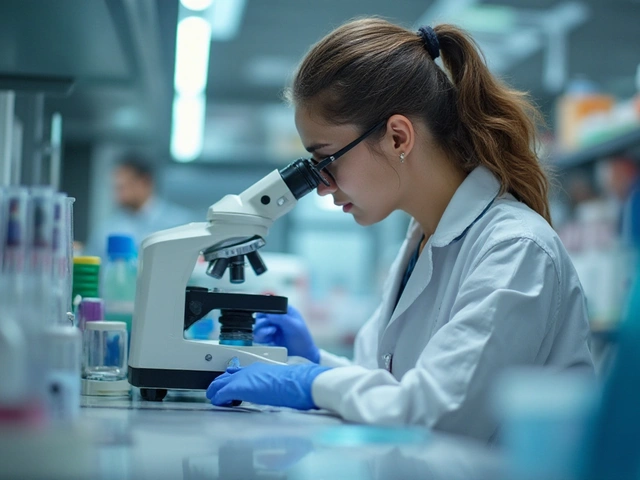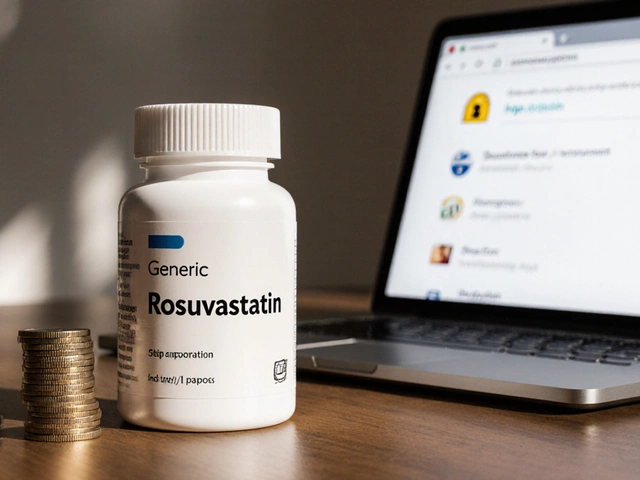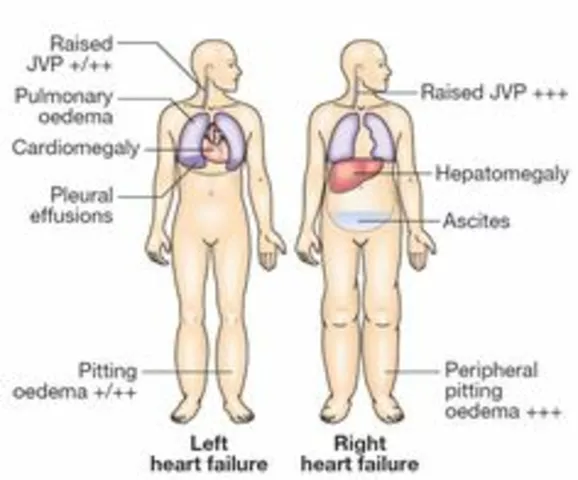When your kidneys start leaking protein into your urine, it’s not just a lab result-it’s your body screaming for help. For people with diabetes, this early warning sign is called albuminuria, and it’s the first real clue that diabetic kidney disease (DKD) is taking root. Left unchecked, it can lead to kidney failure, heart attacks, and early death. But here’s the good news: catching it early and acting fast can stop it in its tracks. This isn’t theory. It’s proven science-and it’s happening in clinics right now.
What Albuminuria Really Means
Albumin is a protein your kidneys normally keep inside your blood. When they start to get damaged from high blood sugar, tiny holes form in the filters, and albumin slips through into your urine. That’s albuminuria. It doesn’t mean your kidneys are failing yet. It means they’re starting to fail.
The test used to measure this is called the Urine Albumin-to-Creatinine Ratio (UACR). It’s simple: you give a single urine sample, and the lab compares how much albumin is there to how much creatinine (a waste product). Normal is under 30 mg/g. Anything above that? That’s damage. The old terms-microalbuminuria and macroalbuminuria-are gone now. Why? Because even a little albumin in the urine is a red flag. There’s no safe level.
And it’s not rare. Nearly 40% of people with type 2 diabetes will develop albuminuria over time. But most don’t know it. Symptoms don’t show up until the damage is advanced. That’s why screening isn’t optional-it’s life-saving. The American Diabetes Association says everyone with type 2 diabetes should get tested at diagnosis, and those with type 1 diabetes should be tested after five years. Annual testing. No exceptions.
Why Albuminuria Is a Death Clock
Albuminuria isn’t just a kidney problem. It’s a full-body alarm. A 2021 study of over 128,000 diabetic patients showed that those with severe albuminuria (>300 mg/g) had a 73% higher risk of dying from any cause and an 81% higher risk of dying from heart disease compared to those with no albuminuria. That’s not a small risk. That’s a crisis.
Why? Because the same damage that leaks protein into your urine also stiffens your arteries, inflames your blood vessels, and clogs your heart. Your kidneys are the canary in the coal mine. When they’re hurt, your heart is already under stress. That’s why doctors now treat albuminuria like a heart attack waiting to happen.
And here’s the kicker: the higher the albumin level, the faster things fall apart. People with UACR above 300 mg/g are 10 times more likely to need dialysis than those under 30. And the progression isn’t slow-it’s relentless without intervention.
Tight Control Isn’t Optional-It’s the Only Way
Back in the 1990s, the landmark DCCT study changed everything. Researchers compared two groups of people with type 1 diabetes: one group kept their blood sugar close to normal (HbA1c under 7%), and the other kept it high (around 9%). After a decade, the tight-control group had 39% less microalbuminuria and 54% less proteinuria. And here’s the miracle: those benefits lasted for decades-even after blood sugar control relaxed. This is called “metabolic memory.” Your body remembers what you did to it.
For type 2 diabetes, the UKPDS study showed the same pattern: every 1% drop in HbA1c meant a 21% lower risk of kidney damage. That’s not a marginal gain. That’s a game-changer.
So what’s the target now? For most people with diabetes, aim for an HbA1c under 7%. If you’re young, healthy, and not prone to low blood sugar, pushing toward 6.5% can offer even more protection. But never chase perfection at the cost of dangerous hypoglycemia. Balance matters.

Blood Pressure: The Silent Partner in Kidney Damage
High blood pressure doesn’t just strain your heart-it crushes your kidneys. When you have albuminuria, your kidneys are already fragile. High pressure tears them further. That’s why controlling blood pressure isn’t just helpful-it’s essential.
Here’s where things get tricky. The KDIGO guidelines say people with severe albuminuria (>300 mg/g) should aim for under 120/80 mmHg. But the SPRINT trial showed that pushing systolic pressure below 120 increased the risk of acute kidney injury in some patients. So the ADA recommends a more practical target: under 140/90 for most people with DKD.
But here’s what really works: using the right drugs. ACE inhibitors and ARBs aren’t just blood pressure pills-they’re kidney protectors. They don’t just lower pressure; they directly reduce albumin leakage. The IRMA-2 trial showed that losartan cut progression from micro- to macroalbuminuria by 53%. And the key? Use them at the highest approved dose, even if your blood pressure is normal. That’s not off-label-it’s standard care.
The New Generation of Kidney Protectors
For years, ACE inhibitors and ARBs were the only weapons. Now, we have two more powerful tools: SGLT2 inhibitors and finerenone.
SGLT2 inhibitors like empagliflozin and dapagliflozin were originally designed to lower blood sugar. But in the EMPA-KIDNEY trial, they reduced the risk of kidney failure by 28% in patients with albuminuria over 200 mg/g-even when they were already on ACE inhibitors. They work by reducing pressure inside the kidney’s filtering units. That’s why they’re now first-line therapy for anyone with DKD and albuminuria.
Then there’s finerenone. This newer drug blocks a hormone called aldosterone that causes scarring in the kidneys. In trials, it cut albuminuria by 32% in just four months and slowed kidney function decline by 23% over three years. And it works even when patients are already on maximum ACE/ARB therapy.
Together, these three drugs-ACE/ARB, SGLT2i, and finerenone-form a powerful triad. But here’s the ugly truth: only about 29% of patients with DKD are actually getting all three. Why? Cost. Access. Lack of awareness. That’s the gap between what we know and what we do.

Why Most People Miss the Warning Signs
It’s not that doctors don’t know. It’s that the system fails them. In the U.S., only 58-65% of diabetic patients get their annual UACR test, even though it’s a Class A recommendation-the strongest possible. Why?
- Electronic health records don’t remind providers to order the test.
- Patients forget to collect urine samples or don’t understand why it matters.
- Many primary care doctors still think “microalbuminuria” is harmless.
One clinic in Minnesota started using point-of-care urine dipsticks in the exam room. Instead of sending samples to a lab, they got results in 10 minutes. Follow-up rates jumped 37%. That’s the power of immediacy.
Another strategy? Pharmacists. In practices where pharmacists manage medication titration, 89% of patients reached the maximum dose of ACE inhibitors or ARBs. That’s because pharmacists track doses, check side effects, and call patients when things slip.
And then there’s the money problem. Finerenone costs over $1,000 a month. SGLT2 inhibitors aren’t cheap either. Many patients skip them because they can’t afford copays. That’s not a medical failure-it’s a system failure.
What You Can Do Right Now
If you have diabetes, here’s your action plan:
- Ask for your UACR test-every year. If you’ve never had one, demand it now.
- If your UACR is above 30, don’t wait. Get retested in 3-6 months. One high result doesn’t mean DKD. Two out of three do.
- If you’re on blood pressure meds, ask if they’re an ACE inhibitor or ARB. If not, ask why.
- If your HbA1c is above 7%, work with your doctor to get it lower. Even 0.5% helps.
- Ask if an SGLT2 inhibitor or finerenone is right for you-even if your blood sugar is under control.
- Don’t ignore high blood pressure. Even if you feel fine, it’s quietly damaging your kidneys.
And if you’re a caregiver or family member? Help them remember their tests. Drive them to appointments. Call the pharmacy to check on prescriptions. You’re not just helping-you’re saving their kidneys.
The Bigger Picture
Diabetic kidney disease isn’t inevitable. We have the tools. We have the data. We know exactly what works. The 2024 ADA/KDIGO report says if we implemented current guidelines fully, we could prevent 1.2 million new cases of DKD in the U.S. by 2030. That’s 37% fewer people on dialysis. And $14.8 billion saved.
But none of that happens unless someone-whether a patient, a nurse, a pharmacist, or a doctor-takes action. Albuminuria is the quiet alarm. Tight control is the response. The choice isn’t between good and great. It’s between life and loss.
What is the normal range for UACR in diabetic patients?
The normal range for UACR is less than 30 mg/g. Any value above that-even between 30 and 300 mg/g-is considered abnormal and indicates early kidney damage. This is no longer called "microalbuminuria"; it’s simply "moderately increased albuminuria." There is no safe level of albumin in the urine for people with diabetes.
Can albuminuria be reversed?
Yes, in many cases. Studies show that with tight blood sugar control, blood pressure management, and medications like ACE inhibitors, ARBs, SGLT2 inhibitors, or finerenone, albuminuria can drop significantly-sometimes back to normal. The earlier you act, the better the chance of reversing or halting damage. But once scarring sets in, it’s permanent. That’s why early detection matters so much.
Why do I need to test my urine three times before a diagnosis?
Albumin levels in urine can spike temporarily due to things like intense exercise, fever, infection, heart failure, or very high blood sugar. A single high reading might be a false alarm. Guidelines require two out of three abnormal UACR tests over 3-6 months to confirm persistent kidney damage. This avoids misdiagnosis and ensures treatment is only started when truly needed.
Do I need to stop taking my blood pressure meds if my pressure is normal?
No. ACE inhibitors and ARBs protect your kidneys even if your blood pressure is normal. They work by reducing pressure inside the kidney’s filters, not just by lowering overall blood pressure. Stopping them can cause albuminuria to rise again. Always keep taking them unless your doctor says otherwise.
Can diet or supplements reverse diabetic kidney disease?
Diet alone can’t reverse DKD, but it helps. Reducing salt, avoiding processed foods, and managing protein intake can support kidney function. However, no supplement-whether berberine, omega-3s, or herbal teas-has been proven to stop albuminuria or kidney decline. Medications like SGLT2 inhibitors and finerenone are the only treatments backed by large clinical trials. Don’t replace proven drugs with unproven supplements.
What happens if I ignore albuminuria?
Ignoring albuminuria means your kidneys will slowly lose function. Within 5-10 years, many people progress to end-stage kidney disease, requiring dialysis or transplant. Your risk of heart attack, stroke, and early death also skyrockets. The damage is cumulative and often silent until it’s too late. Early action is the only way to avoid this outcome.







Ezequiel adrian
26 November 2025 - 18:01 PM
Bro this is wild 😮 I just got my UACR back and it was 42 mg/g and my doc was like 'eh, keep an eye on it'... now I'm gonna go back and demand an ACE inhibitor. No more playing around.
Rachel Whip
28 November 2025 - 17:30 PM
Just want to add that the SGLT2 inhibitors aren't just for blood sugar-they're game-changers for heart and kidney protection. My mom’s on dapagliflozin and her albumin dropped from 210 to 28 in 6 months. No hype, just science. If you’ve got DKD and aren’t on one, ask why.
Joe bailey
29 November 2025 - 15:14 PM
Y’all need to stop treating albuminuria like it’s optional. This isn’t a ‘maybe someday’ thing-it’s a now or never moment. I’ve seen too many friends end up on dialysis because they waited for symptoms. There are no symptoms. That’s the whole point. The kidneys don’t complain until it’s too late. Get tested. Get treated. Don’t wait for the crash.
Kaushik Das
29 November 2025 - 20:10 PM
Man, I’m from India and we’ve got a crazy mix of people here-some ignore diabetes like it’s a myth, others go full biohacker with turmeric tea and fasting. But the truth? No supplement beats an SGLT2i. I got my cousin on empagliflozin last year. His UACR went from 310 to 58. He’s still eating biryani, but now he’s alive to enjoy it. The meds work. Stop chasing magic herbs.
Amanda Wong
30 November 2025 - 02:33 AM
Let’s be real-the ADA and KDIGO are just pharmaceutical puppets. They push these expensive drugs because Big Pharma owns them. Who says we need ACE inhibitors if your BP is normal? Maybe you just need to eat less salt and stop drinking soda. This whole albuminuria panic is a money grab disguised as medicine.
james thomas
30 November 2025 - 03:09 AM
And yet the same people who say 'just eat less sugar' are the ones who never had to pay $1200/month for finerenone while working two jobs. The system is rigged. You want to save kidneys? Fix the insurance. Fix the pharmacy benefit managers. Fix the fact that your doctor doesn't get paid to talk to you for 10 minutes. This isn't about science-it's about capitalism eating people alive
Deborah Williams
1 December 2025 - 23:48 PM
It’s funny how we treat kidneys like disposable organs until they break. We’ll spend thousands on a new iPhone but won’t spend five minutes checking urine. We’ve normalized neglect. The body isn’t a machine you upgrade-it’s a relationship. And when you ignore the whispers, you’re left screaming in the ER. Maybe the real disease isn’t diabetes-it’s our collective amnesia about the body’s quiet signals.
JAY OKE
2 December 2025 - 21:18 PM
My clinic started doing point-of-care UACR tests last year. We do it right after the blood draw. Results in 10 minutes. Patients get the script before they leave. Compliance went from 41% to 89%. It’s not rocket science-it’s just doing the obvious thing. Why don’t more places do this?
Asia Roveda
4 December 2025 - 02:52 AM
Why are we letting foreigners dictate our healthcare? The ADA guidelines are written by Ivy League elites who’ve never seen a diabetic patient in a rural clinic. We need American solutions. Like maybe just giving people insulin and telling them to stop eating rice. Not some $1000 magic pill from Germany.
Stephen Adeyanju
5 December 2025 - 08:24 AM
My uncle died of kidney failure at 52. He never got tested. Said he felt fine. Now I test my urine every month. I don't care if the doc says it's normal. I know what silence looks like. I check my UACR. I take my meds. I don't wait. I don't hope. I act. That's all.